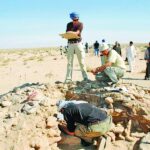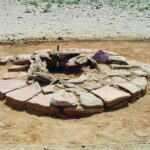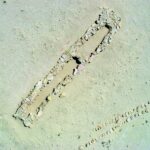Archaeologist: Ancient artifacts in Kuwait reveal deep civilizational roots
Kuwait’s strategic location made it a crossroads of ancient civilizations, says Dr. Hassan Ashkanani

Dr. Hassan Ashkanani, professor of anthropology and archaeology at Kuwait University, affirmed that archaeological discoveries in Kuwait reveal the diverse civilizations that once inhabited its lands. He highlighted Kuwait’s strategic geographical position as a point of convergence between ancient cultures.
Speaking at an expanded symposium organized by the Cultural and Sports Committee of the Scouts Association, attended by many members of the national Scout Movement, Dr. Ashkanani emphasized the historical significance of Kuwait’s archaeological sites, reports Al-Jarida daily.
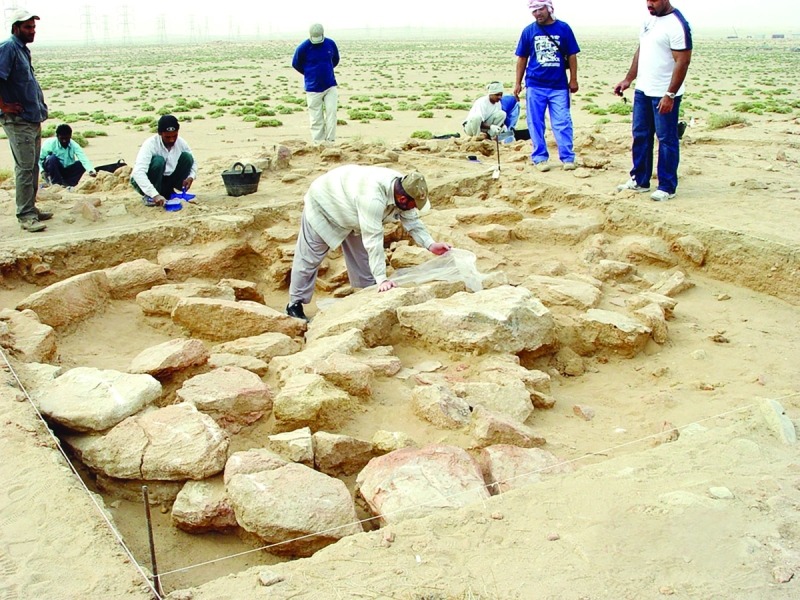
Ashkanani revealed that tumuli (burial mounds) and stone tools, including arrowheads and stone axes dating back to the Neolithic era (around 5700 BC), were uncovered in the Subiya region. He described Subiya as one of the oldest settlements on the Arabian Peninsula and a key archaeological site that dates back to the Ubaid period.
In addition to Subiya, Al-Bahita in Kuwait City has yielded remains of early homes and pottery, offering insight into the origins of Kuwait City across past centuries.
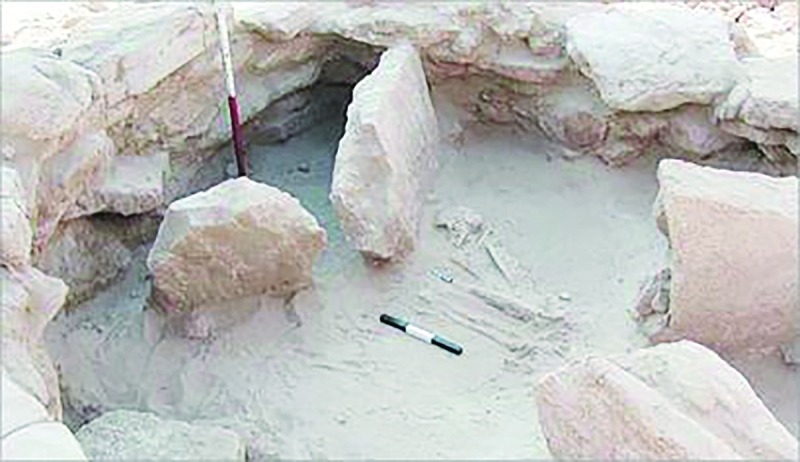
Ashkanani discussed his contributions to Kuwaiti archaeology through three major initiatives — Documenting antiquities through media and archival materials; Publishing scientific books and research based on historical documents; Collaborating with local and international archaeological missions, especially in Failaka, Subiya, and Kazma.
He noted that these projects were conducted in cooperation with the National Council for Culture, Arts, and Letters and several foreign teams.
Dr. Ashkanani described Failaka Island as one of Kuwait’s most prominent archaeological locations. Measuring 12 kilometers long and 6 kilometers wide, the island contains fertile soil, natural harbors, and hills with remains dating back to the Bronze Age (2nd millennium BC).
Failaka was a vital maritime hub on trade routes between Mesopotamia and the Gulf, offering ideal conditions for the rise of a flourishing civilization based on trade and seafaring.
He recounted that in 1958, Kuwait invited a Danish archaeological mission to conduct the first scientific excavations on the island. The oldest artifact from Failaka, discovered in 1937, was a Greek-inscribed stone dedicated to deities including Zeus, Poseidon, and Artemis.
Excavations between 1958 and 1963 revealed that the island held colonies dating back to the era of Alexander the Great, as well as hills from the Early Bronze Age.
Turning to the Kazma region, Ashkanani noted the discovery of settlements, pottery, and coins from the Umayyad and Abbasid periods (8th–9th centuries AD), underlining Kazma’s importance as a commercial hub during the Islamic Golden Age.
In other areas such as Jahra, researchers have unearthed building remains and walls, shedding light on the lives, commercial activity, and farming practices of early Kuwaiti societies.
Follow The Times Kuwait on X, Instagram and Facebook for the latest news updates





